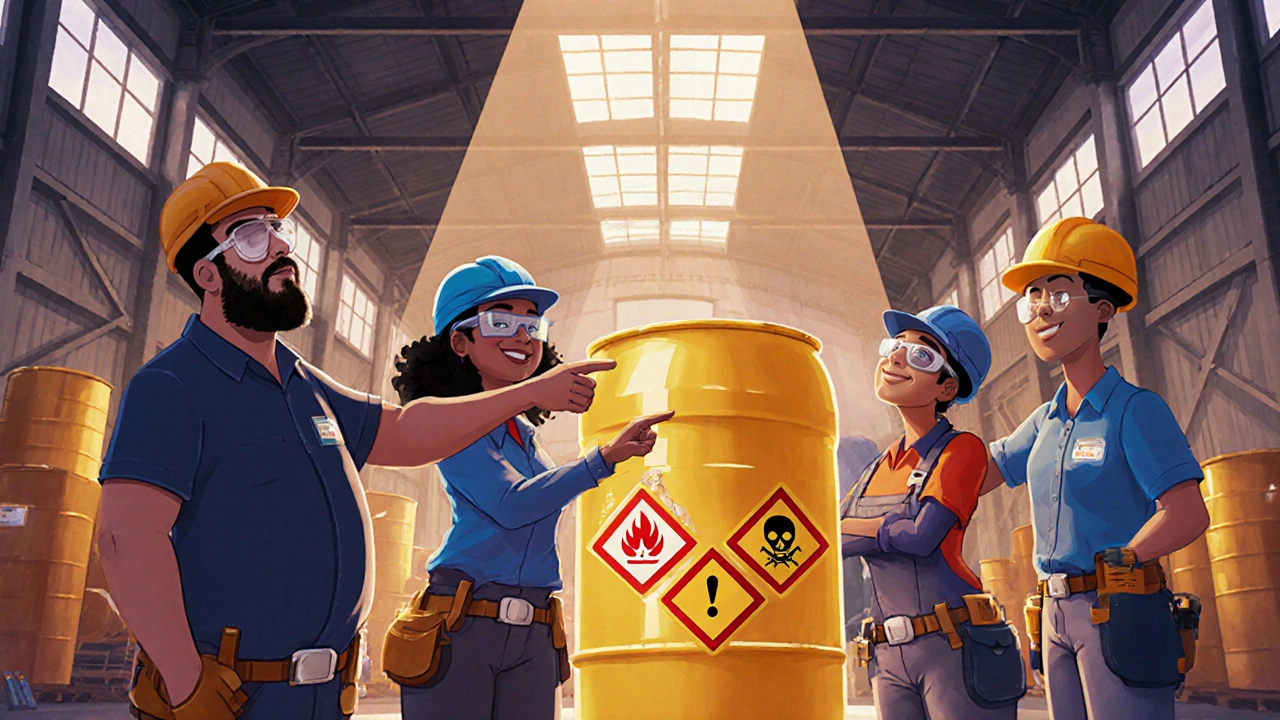Safety Training for Online Learning Platforms: Protect Students and Build Trust
When you enroll in an online course, you’re not just signing up for lessons—you’re entering a digital space that needs to be safe. Safety training, the structured practice of creating secure, respectful, and inclusive learning environments in digital education. Also known as learning platform safety, it’s what stops harassment, prevents data leaks, and makes students feel like they belong. Without it, even the best course content falls apart. Students won’t participate if they fear being mocked. They won’t share ideas if they think their data could be misused. And they definitely won’t stick around if the rules feel arbitrary or enforced unfairly.
Safety training isn’t one thing—it’s a mix of clear content moderation, the process of reviewing and managing user-generated content to enforce community standards, solid community guidelines, written rules that define acceptable behavior and consequences for violations in online learning spaces, and real learning platform security, technical and policy measures that protect user data from breaches and misuse. These aren’t optional add-ons. They’re the foundation. Think of them like seatbelts in a car—you don’t need them until something goes wrong, but when it does, you’re glad they’re there. Platforms that skip this step lose trust fast. Those that nail it? They get repeat students, glowing reviews, and even enterprise contracts.
It’s not just about banning bad behavior. It’s about designing for inclusion from day one. That means training instructors to recognize microaggressions, setting up anonymous reporting tools, and making sure accessibility isn’t an afterthought. It means having a clear Terms of Service, legal agreement that outlines user rights and platform responsibilities in online education that’s easy to understand—not buried in legalese. And it means knowing when to involve a third party, like in cases of harassment or data breaches. The posts below show you exactly how top platforms handle these challenges: from setting up moderation workflows that don’t burn out admins, to building trust through transparency, to using SOC 2 and FERPA standards to prove they’re serious about protection.
What you’ll find here aren’t theory-heavy essays. These are real, actionable breakdowns from people who’ve built, managed, or improved safety systems in live learning environments. You’ll see how one platform reduced complaints by 70% just by rewriting their guidelines in plain language. You’ll learn how a small course creator used simple tools to handle abuse without hiring a legal team. And you’ll understand why the best safety training doesn’t feel like policing—it feels like care.

Safety Training and Hazard Communication for Workplaces: What You Need to Know
Learn how effective safety training and hazard communication prevent workplace injuries. Understand OSHA requirements, GHS labels, SDS access, and real strategies that actually work on the job.